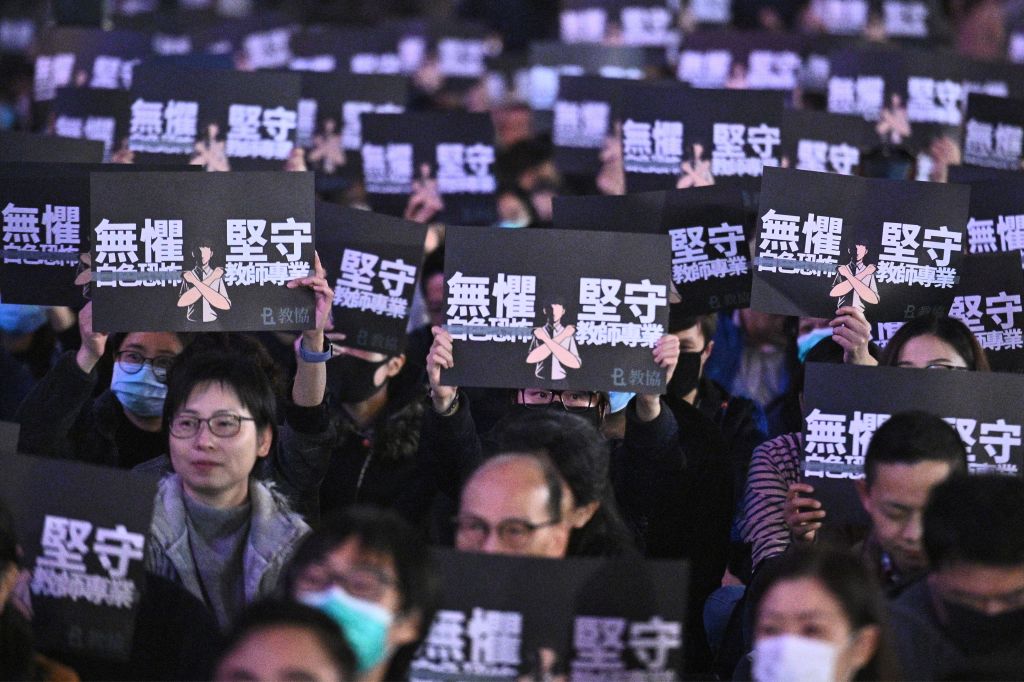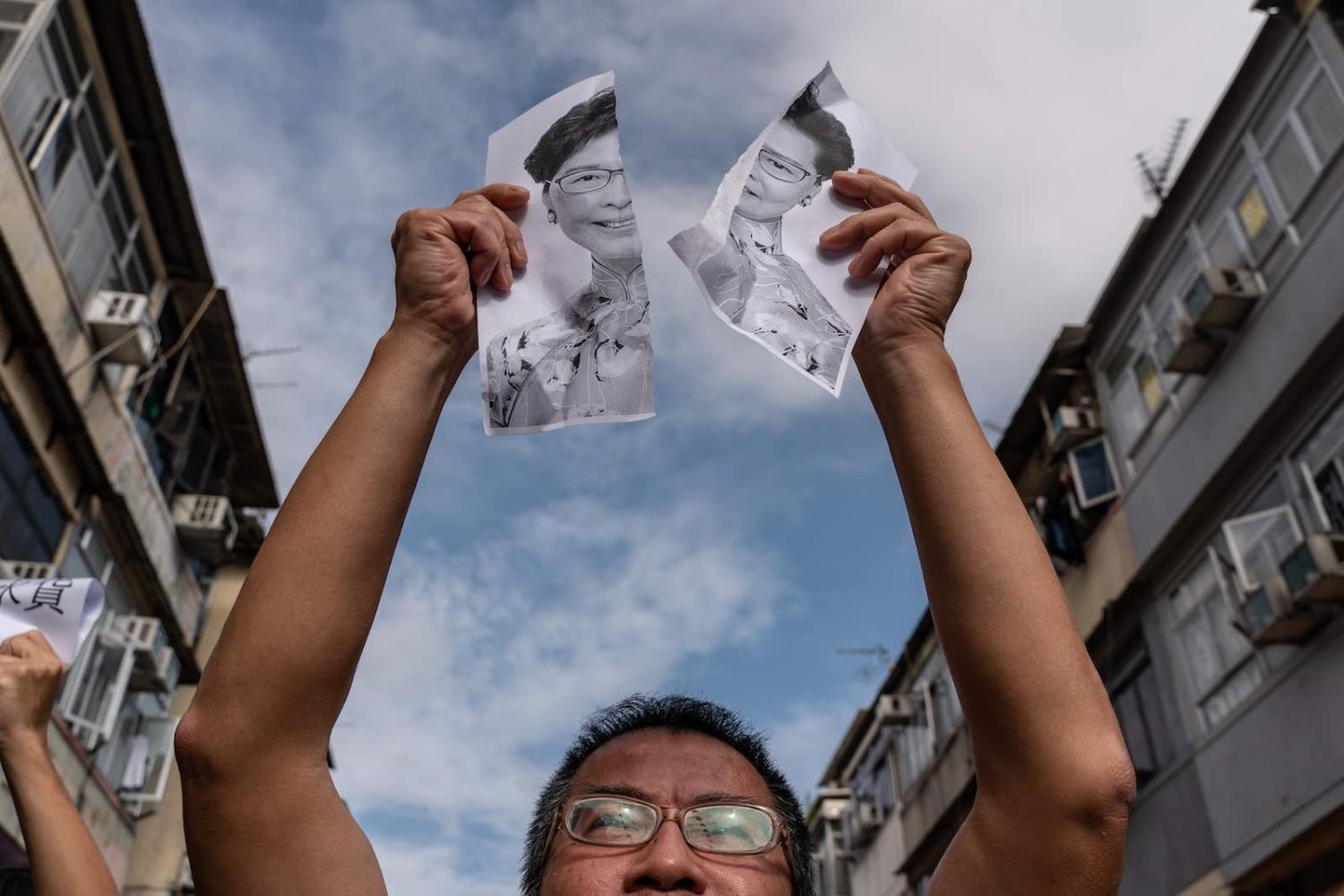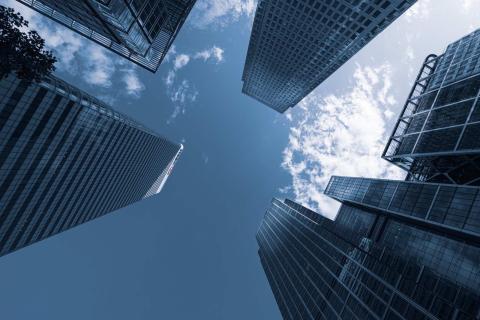On the early morning of the first Sunday of 2020, many people in Hong Kong were woken up by a surreal anomaly. They felt that their beds or apartments were shaking. Some thought that they were only dreaming but as heated discussions began to emerge online, what was unimaginable soon became reality: there was an earthquake, with an epicentre 26 kilometres away from Hong Kong.
Hong Kong is not located anywhere near usual tectonic movements so tremors have been rare. It was the second earthquake that Hong Kong people could feel within merely one month. The epicentre of the earthquake in early December was within Hong Kong waters near Cheung Chau, the outlying island where I grew up.
I am not a fung shui master but as an ordinary Hongkonger growing up with the traditions of fung shui, I couldn’t help but wonder if the earthquakes are carrying any messages sent from the universe.
Hours before Sunday morning’s earthquake, news of a major shake-up of the central government’s liaison office in Hong Kong arrived. It was announced that Luo Huining, the former party leader of Shanxi province, will be replacing Wang Zhimin as the director of the office, China’s top representative to Hong Kong. It was the first major reshuffle of leadership since the ongoing pro-democracy protests sparked by the now-withdrawn extradition bill began in June.

The news came just a few days after Hong Kong entered the new year and the new decade. It did not come with celebratory fireworks, however, but tear gas and rubber bullets. As the clock struck midnight after the countdown into 2020, riot police deployed with water cannons to disperse crowds who were protesting at various locations, resulting in many arrests and injuries, including Hong Kong author Tang Siu-wa, who was hit by a tear gas canister on the corner of her left eye in Mongkok when she was out for late night supper with friends.
It turned out that was only a prelude to what was to come on 1 January. More than a million people took part in the New Year’s Day rally on Hong Kong Island reiterating their “five demands”, which include the setting up of an independent inquiry committee to probe the protests and implementation of universal suffrage promised in the Basic Law, Hong Kong’s mini-constitution drafted for the establishment of the city as a Special Administrative Region under China after it was handed over by Britain in 1997.
The approved afternoon rally organised by the Civil Human Rights Front, however, was cut short as cases of vandalism were reported. Among the vandalised included shopfronts of mainland-owned companies and those owned by police and Beijing supporters, as well as a branch of HSBC, which froze the bank account of pro-protester fundraising platform Spark Alliance after it was accused by the police of money laundering. Tensions mounted between the police and protesters. Tear gas and pepper spray was deployed. The police called off the rally at 5.30pm, demanding people to disband within 30 minutes.
But as I witnessed while reporting on the ground, it was impossible to disband over a million people within such a short period of time.
In the end, the event ended in chaos as police fired tear gas into the crowd in the busy shopping district of Causeway Bay. The crowd was trapped as police declared that they were engaged in an illegal assembly. Water cannon sped up to chase people away and run over roadblocks that were set on fire by protesters while spraying pepper-laced liquid as riot police charged in. More than 400 people were arrested – many of them were medics, volunteers of Protect the Children, shoppers and even onlookers who were there only deciding what to eat for dinner.
This pattern repeated again at an approved protest in the northern district of Sheung Shui on Sunday where over 40 were arrested after the rally ended. Many of them were young people.
The series of events during the first week of 2020 might just be a curtain raiser of another troubling year ahead for Hong Kong.
At the New Year’s Day protest, the feistiest ones on the frontline were not young people but unarmed elderly and middle-aged protesters, who were tirelessly pointing fingers at riot police condemning their actions.
Some have hoped that the replacement of China’s top envoy in Hong Kong at this time could change the direction of how Beijing – and hence, the Hong Kong government – handle the worst political crisis the city has seen. But the appointment of the highly experienced Luo could go either way.
His highly praised loyalty to the party and background free from connections with Hong Kong could mean that he would be dedicated to cleaning up the mess caused by the misjudgement of the situation as well as the ambiguous role of the liaison office, which is not part of the Hong Kong government but has long been criticised of meddling with local affairs. But if Beijing decides to adopt a heavy-handed approach to deal with Hong Kong protests, he will be taking orders directly from Beijing without having to worry about burning any bridges.
And as for the police, which has been defending chief executive Carrie Lam’s rulership, are not likely to give up the heavy-handed approach, despite numerous reports of their excessive use of force said to have violated internal and international guidelines. More undercover police officers armed with batons have been deployed and mixed themselves among other protesters recently. It also appears that mass arrests have become the new police strategy in the hope of scaring people away from taking part even in rallies intended to be peaceful so that radical protesters would lose their support.
But this will only anger more people while sowing more seeds of resistance. At the New Year’s Day protest, the feistiest ones on the frontline were not young people but unarmed elderly and middle-aged protesters, who were tirelessly pointing fingers at riot police condemning their actions. Those who did not want to clash with the police simply went to queue up for pro-democracy restaurants under the “Yellow Economy” protest strategy. People are living out one of the key protest mottos: “brothers climb a mountain together, each making their own effort.”
This political crisis of Hong Kong must be dealt with a political solution. Will the recent earthquakes be a sign of a major shake-up of not just the liaison office but also the Hong Kong government? Nearly seven months since the protests began resulting in more than 6,500 arrests, public opinion has not swung. The majority still backs the cause of the protests. Popularity of the city’s chief executive Carrie Lam and public trust in the police remain historic low. And yet, no one from the Hong Kong authorities have stepped down despite millions of people have voiced out their demands loud and clear with peaceful rallies, radical protests and District Council elections.
I am not advocating superstition, but an earthquake, metaphorically speaking, that will shake up the Hong Kong government and Beijing’s way of handling the city’s affairs is much needed in order to restore people’s faith in one country, two systems.

